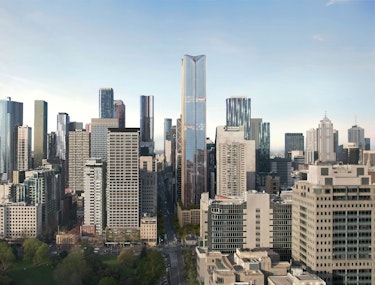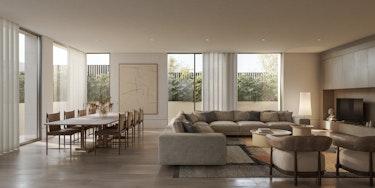As we approach the end of 2024, it is truly the perfect moment to look back on the incredible strides we have made and envision the path ahead for the visual content industry in the real estate sector. This past year at CUUB, we have witnessed a remarkable evolution in the way we conceptualize and communicate creative visions. From leveraging cutting-edge 3D visualization techniques to integrating AI-driven solutions, the landscape has shifted towards more immersive and personalized storytelling. It has been a journey filled with creativity, teamwork, and groundbreaking progress, where technology, artistry, and design have come together in ways we could only imagine before.
Digital Twins
As we step into 2025, the future of visual content in architecture holds limitless potential. So I would love to discuss some future trends which excites me the most.
The first thing, which I think would be on top of everything is Digital Twins. These virtual replicas of physical structures allow architects, engineers, and clients to simulate, monitor, and optimize buildings throughout their lifecycle. Digital twins can integrate real-time data to track performance, maintenance needs, and even environmental impact, making them invaluable for sustainable and efficient designs. They will not only enhance project visualization but also provide actionable insights for long-term management.

Unreal Engine
Moving forward, platforms like Unreal Engine are redefining the possibilities of architectural visualization. By combining real-time rendering with photorealistic graphics, Unreal Engine enables the creation of highly immersive and interactive experiences. From detailed walkthroughs to dynamic lighting scenarios, this technology bridges the gap between imagination and reality. It is set to be a cornerstone for architects and studios aiming to captivate their audiences with next-level visualizations.
Integrating IoT
Imagine visualizing a smart building that comes to life with real-time data. That is exactly what the Internet of Things (IoT) brings to the table. By integrating IoT into architectural visualizations, we can see how spaces will function in real time— like tracking energy use, monitoring temperature, or even predicting maintenance needs. It is like giving your building a brain and a voice, helping clients not just see the design but truly understand how it works. This holistic approach will make planning and designing smarter, more efficient, and incredibly engaging.

In CUUB, we were committed to pushing these boundaries and setting new benchmarks in architectural storytelling. Our team thrives on the belief that every project is an opportunity to inspire, innovate, and transform ideas into compelling visual narratives.
